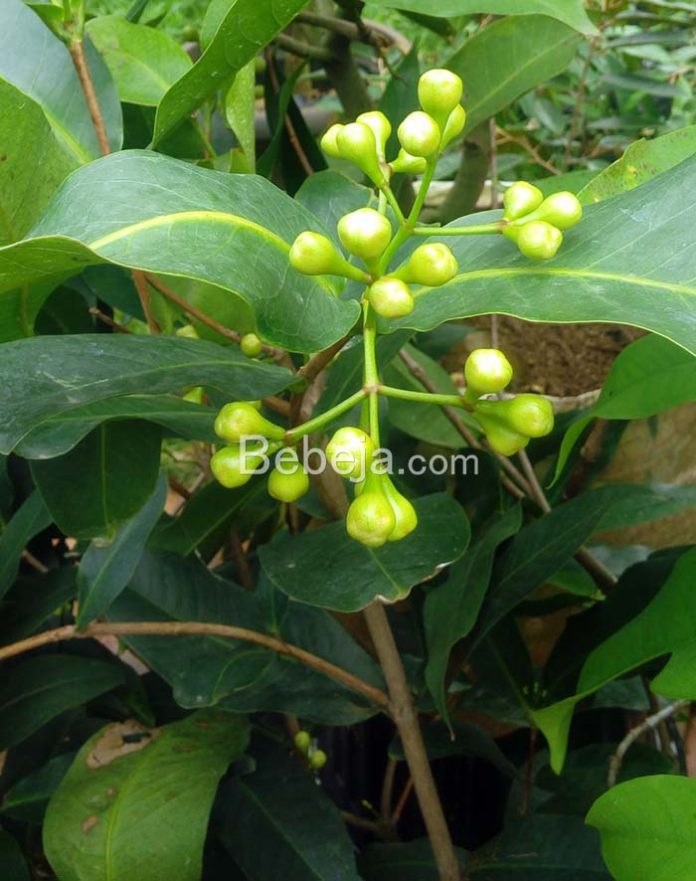Although it looks easy, plant cutting propagation is one of the techniques that can be used for plant multiplication, and cannot be done carelessly. The objective is to ensure that the cutting seedlings grow similarly to the original plant. For plants with internodes, select 2 internodes for each cutting. Choose larger stems, often evident near the shoots. Select internodes with actively growing leaves.
To reduce the risk of growth failure of cutting seedlings, stem cutting should not be planted immediately. Instead, follow these steps.
1. Prepare a container filled with water and add a mixture of vitamin B1, which can be purchased at pharmacies. The ratio is 1 ml of vitamin B1 for every liter of water. Soak the stem cuttings in the solution for 30 minutes, then allow them to dry before planting. Vitamin B1 contains thiamine which accelerates cell division in the meristem. The use of vitamin B1 leads to a success rate of 90% in the growth of cutting seedlings.
Vitamin B1 is also essential for maintaining good health. Thiamine, commonly referred to as vitamin B1, has a significant role in converting carbohydrates into energy and maintaining proper nerve, heart, and muscle function. Foods rich in vitamin B1 include wheat, beef, tuna, salmon, and nuts. Due to its critical importance, a vitamin B1 deficiency may cause beriberi disease, which manifests in weakened muscles, tingling sensations, and heart complications.
2. Alternatively, soak the stem cuttings with atonic fertilizer for 15 minutes. The dosage is 1 ml per liter of water. The success rate of using atonic fertilizer reaches 95%.
Atonic fertilizer is a fertilizer that contains plant growth regulators (ZPT) in the form of a dark brown solution. Atonic fertilizers are useful for increasing the number and weight of fruits, as well as inhibiting the development of some plant diseases. Atonic fertilizers contain active ingredients, including sodium para-nitrophenol, sodium ortho-nitrophenol, sodium 5-nitroguaiacol, and sodium 2-4 dinitrophenol. The recommended dosage is 1-1.5 ml per liter of water and should be applied by spraying the leaves during the plant’s flowering or fruiting stages.
3. Another option is using growth hormone Rootone F. Rootone F is in powder form so it needs to be slightly diluted into a paste form. Apply on both sides of the stem ends of the cuttings, and let stand for 10 minutes before planting. The success rate of using Rootone F reaches 95%.
The hormone rootone f is a growth regulator (ZPT) that stimulates the growth of plant roots and increases plant resistance. The Rootone F hormone comprises active ingredients including NAD, IBA, methyl-1-naphthalenacetate, and NAA. It also facilitates the recovery of stressed plants.
